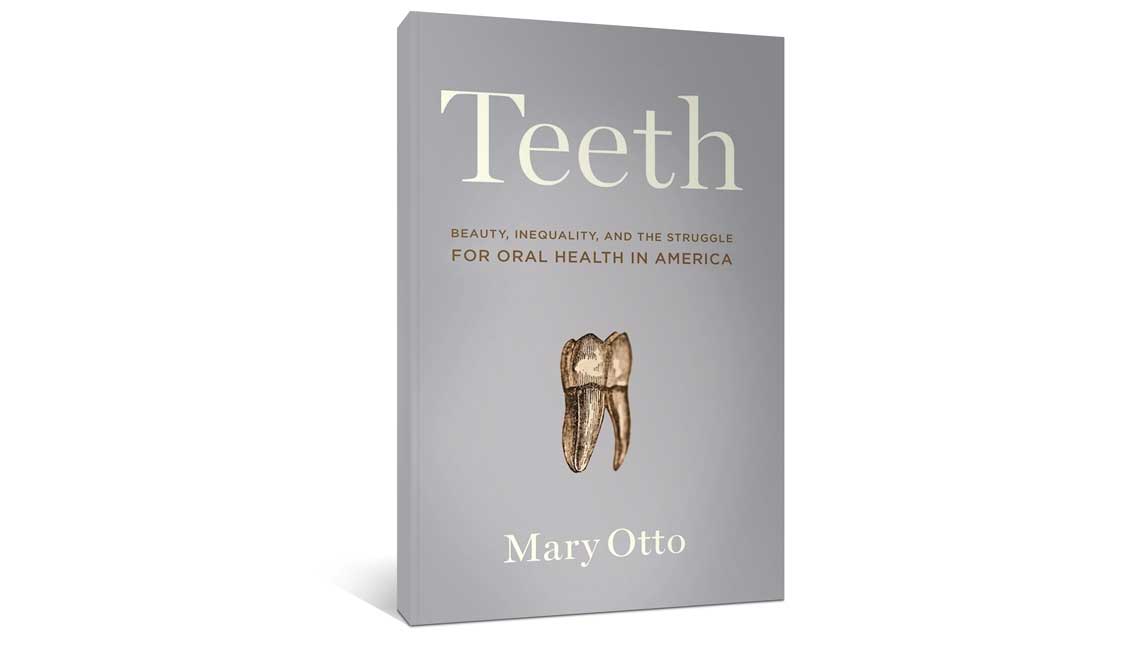
[OP-ED]: America’s shockingly poor dental care system
MORE IN THIS SECTION
But never have I suffered worse from deep, bone-rattling pain -- the kind of pain where you just want to die to end the misery -- than when I had tooth issues.
I relived painful memories of abscesses, root canals, pulled bicuspids and more in ghoulish, visceral detail as I read Mary Otto’s horribly sad book, “Teeth: The Story of Beauty, Inequality and the Struggle for Oral Health in America.”
Otto deserves an award for taking what could be a mundane topic and infusing it with quirky history, heart-wrenching real-life stories, and prose that is sometimes poetic and often cringeworthy.
Her point, however, is not to merely entertain us with unforgettable anecdotes, but to illustrate the absurdity of an American health care system that treats the mouth as wholly separate from the rest of the body.
It is a setup in which pediatricians and general practitioners rarely, if ever, speak with dentists due to historical tensions and lack of communication between the professions. And one in which the drab, low-paid work of oral health education and prevention takes a far back seat to the lucrative and glamorous business of cosmetic dentistry.
This system conspires to create consumers of those who can afford not only basic oral care but also a variety of beautification treatments like veneers, whitening and gum contouring surgery, while shutting out those who can’t pay for even the most rudimentary care.
RELATED CONTENT
“Pain, loss of function, serious illness, and even death result from untreated oral conditions and offer harrowing reminders that the mouth is part of the body and that oral health is essential to overall health,” Otto writes. “Yet the separate, carefully guarded, largely private system that provides dental care in America can be enormously difficult to reach for those without mobility or money or adequate dental benefits.”
Otto ties the whole squalid tale of the how this inequality plays itself out through the story of 12-year-old Deamonte Driver, a Maryland boy who died in 2007 from complications of a completely preventable, untreated infection in one tooth.
Through Driver’s tragic death we learn how seemingly minor dental issues like an infection that could easily be treated with antibiotics and expert treatment can spiral out of control and kill anyone without the cash, transportation or insurance necessary to fill a prescription and follow-up with a dentist (those who will see patients on Medicaid or Medicare are in incredibly short supply).
On the professional side, Otto tells how dentistry evolved from being a lowly trade to a profession that takes hundreds of thousands of dollars in educational costs, and then equipment, to build a viable dentistry practice. And how excruciatingly complex and difficult it is to get reimbursement for treating low-income patients from the few federal or state programs that even provide dental benefits.
Perhaps most importantly, Otto makes readers reflect on how Americans tend to view poor dental health -- as evidenced by dental emergencies, imperfect or yellowed teeth -- as a moral failing or an abdication of personal responsibility rather than as a legitimate lack of access to qualified caregivers.
Otto is most effective at getting this message through when illustrating how shameful it is that so many kids lack access to dental care at the ages when the easiest prevention methods like fluoride treatments and basic cavity care can make a lifetime’s worth of difference.
This is not just a problem in very low-income communities, either. I’ve taught school in solidly middle-class suburbs and still run across many students whose parents are able to clothe and feed them, but not address their painful and embarrassing dental issues. I’ve had children in class with green, rotting teeth who can hardly eat lunch or concentrate on learning due to pain and shame.
In all, this harrowing book pulls at the heartstrings. It’s a must-read for anyone who cares about public health policy -- as a reminder that oral health is a crucial aspect of overall health and not a luxury reserved only for the affluent.







LEAVE A COMMENT:
Join the discussion! Leave a comment.